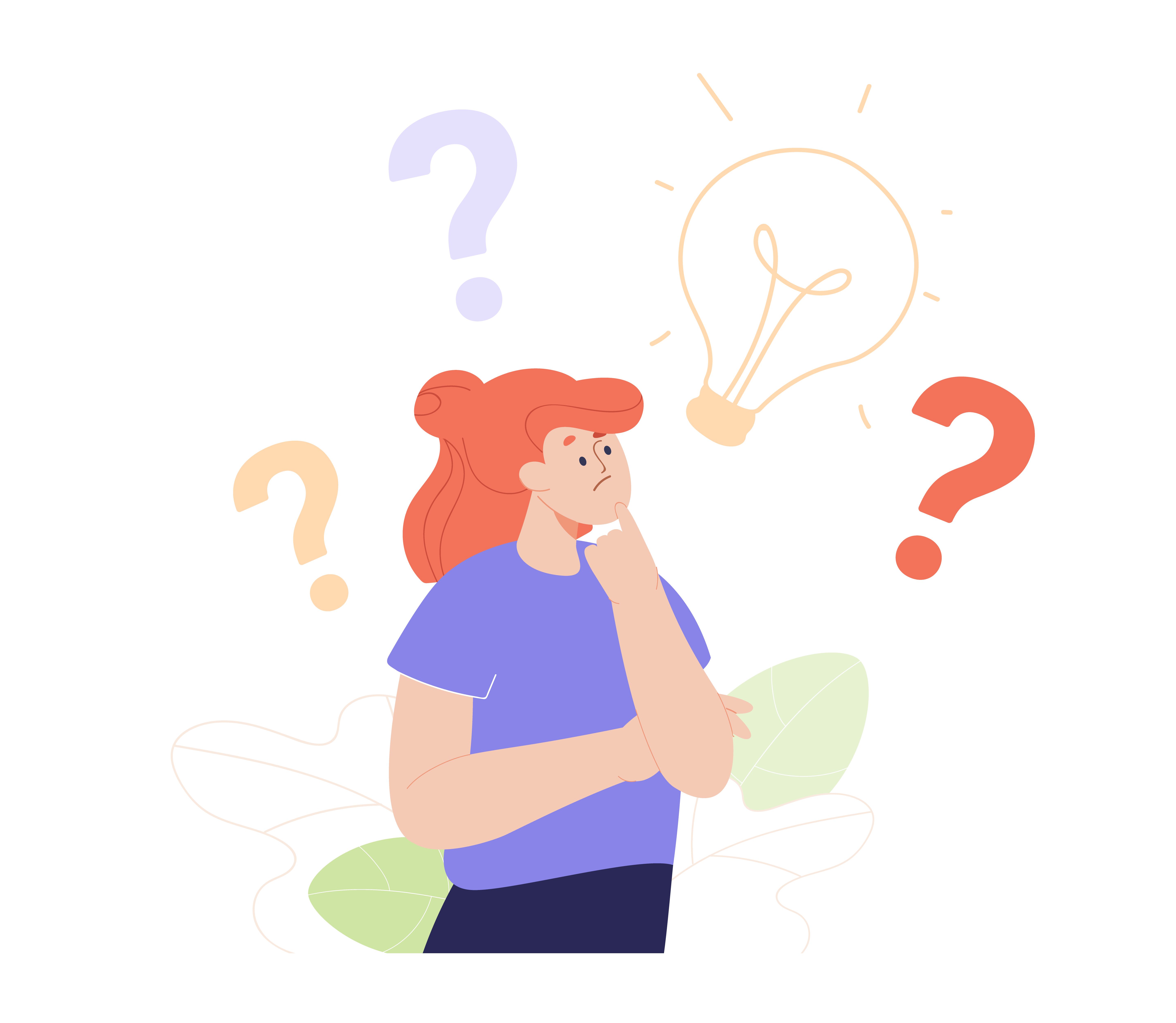How You Can Colour Away Your Stress

A curious case of being focused and mindful
“What are your plans after work today?”
“Going to head home, have some dessert and do some colouring.”
This conversation will not sound out of place in a primary school, but it is becoming more commonly heard in the workplace. Yes, the workplace – the one filled with adults.
Adult colouring?
One of the latest fads in 2015 has been that of adult colouring books, which are basically colouring books designed for adult use.
These books often feature intricate designs, landscapes and patterns that are meant to be filled in with colours as chosen by its users.
There’s no rule to it – simply pick up a colour pencil and start colouring. Copies of adult colouring books have been selling in the millions this year, and have even been topping the best seller lists on Amazon – a clear testament to their popularity.
But why colouring? Proponents of colouring for adults have listed benefits ranging from stress reduction, improved focus, reducing anxiety and increased sense of mindfulness.
Colouring provides an avenue for repetitive motions, a platform for focusing one’s thoughts while promoting creativity without the stress of a purely blank canvas.
More importantly, colouring for adults might just be popular because it encourages people to take time to stop and concentrate on just one activity, which can be the most difficult thing to do within the day-to-day bustle of juggling work, familial responsibility and all the things that life can throw at you.
In a recent report by a global workplace provider, Regus, it was found that Malaysians’ stress levels are higher than the global average – with close to 70% of the population reporting more stress-related interests, and up to half of the sample of 20,000 feeling like their stress levels have risen.
The American Psychological Association reported that in 2011, 60% of workers reported reduced productivity due to stress while at work. The statistics show that people are feeling stressed, and are looking for all possible ways to help bring it down.
The case for mindfulness
One of the most often cited benefits of this colouring fad has been that it represents a practice of mindfulness.
Although colouring may be a new trend, the concept of mindfulness itself has been around for more than a century, with its roots in the practices of Buddhism.
However, in years, mindfulness has come to be easily understood as the act of being aware – of your own personal stream of consciousness, your actions, thoughts, emotions and environment.
Being mindful is about being present and focused on what is in front of you, or what is going on within you – without thinking too much about the past or future.
It’s the observation on the sensations that one is feeling, and allowing them to pass without judgement.
Mindfulness itself has been linked to improvements in self-regulation, reducing stress and anxiety as well as promoting overall positive well-being for those practising it. It has been found to help reduce symptoms of depression, emotional reactivity and helping improve overall attention skills.
Mindfulness is something that can be practised in any setting, and through a variety of means. It’s about achieving a state of mind and practice, rather than a manifestation of a physical activity.
In its more structured forms, programmes based on mindfulness known as Mindfulness-Based Stress Reduction have been used in clinical settings in order to help participants reduce stress, relax and improve their quality of life.
Developed by Jon Kabat-Zinn, it is an 8-week group programme combining activities such as weekly meetings, mindfulness meditation, body scanning and simple yoga postures.
This curriculum, and many programmes inspired by it, have become immensely popular, and has even been introduced into many organisations with training aimed at creating an employee base who are more aware of their own selves, thoughts and feelings in order to be more effective in their work.
Places like Google, General Mills and Intel have incorporated mindfulness training in their workplace as part of this movement.
Practising mindfulness for yourself
Some of the more common mindfulness practices are meditation, progressive relaxation exercises, yoga, and tai chi.
However, many of these exercises may require some initial guidance into mastering its practise – with proper training and classes to begin with.
However, practising mindfulness yourself can be very easy to accomplish if you set your mind to it.
Start simple – take a minute out of your day to close your eyes and focus on noticing the different sensations you are feeling, and the emotions that you may be experiencing.
Are you feeling hot? Cold? How does your body feel in the position you are sitting in? How does the flow of your breath feel? Are you feeling annoyed, or calm?
It’s as simple as reflecting on why you may be feeling that way, and where it is coming from as an attempt to understand it. More importantly, mindfulness is about accepting these feelings and not about trying to get rid of them right there and then.
This can be a practice that is put in place before starting your day, at the end of your day and intermittently throughout the day as you work on your tasks.
If meditation and mindfulness practices may seem too difficult to begin with, then perhaps we could all take a page out of the (colouring) books of others who have begun embracing this as an easy way into being mindful.
These books are easily available as online print-outs of physical copies, and offer a creative outlet for focusing our thoughts. But it’s not just limited to colouring – activities like sewing, knitting, or even leisure cooking can help provide avenues for our minds and bodies to relax.
By making it a conscious effort to focus on using these activities to be mindful – one can work on slowing down breathing and be immersed in the present task.
Concluding remarks
It may be difficult to find the time to practise mindfulness in the business of our daily lives, but the benefits can often outweigh the effort put into it.
Although colouring and other similar small practices may not be as effective as making changes as proper structured mindfulness-based trainings, they reflect an easy way to be introduced to the idea.
Besides, as long as you feel like it helps you slow down in your life and be more relaxed, that is what is important. So, pick up a colour pencil and start colouring away!
Millie has never had more appreciation for different shades of colour pencils until she took up colouring again. She’d like to see your artwork! She can be reached at millie.ong@leaderonomics.com. For more Thought of the Week articles, click here.
Something for you to DO (and WIN!)
1. Arm yourself with coloured pens/pencils and start colouring on the design.
2. Snap a photo of your finished artwork and post it on your Facebook or Instagram account.
3. Describe a little on how this colouring activity has benefited you and hastag your post (#LDRcontest) at www.facebook.com/Leaderonomics. Also, like us on Facebook if you haven’t!
4. The person with the best artwork we pick gets to meet, greet and eat with the writer, Leaderonomics CEO Roshan Thiran, and win a colouring book!
Leadership







